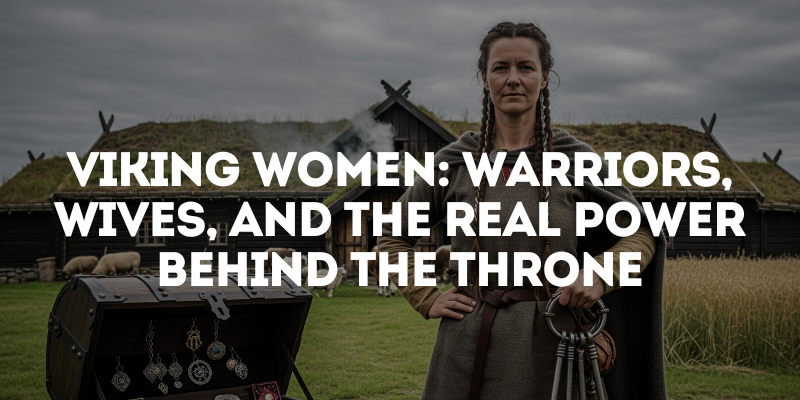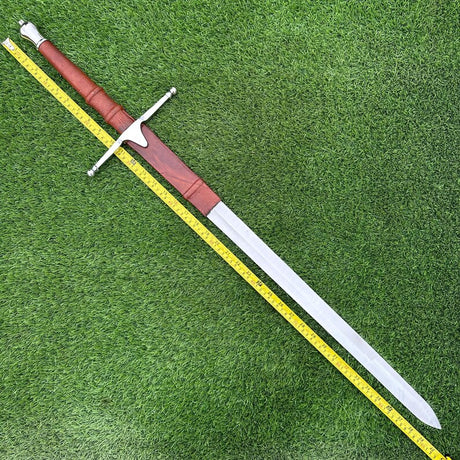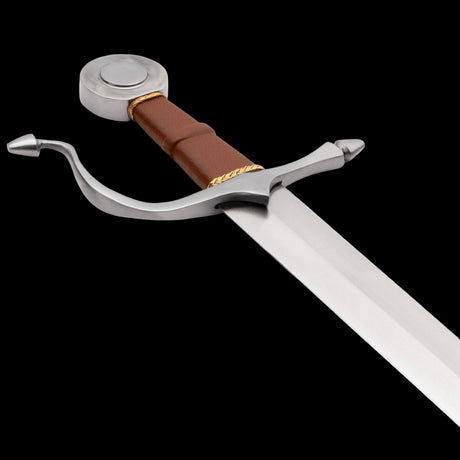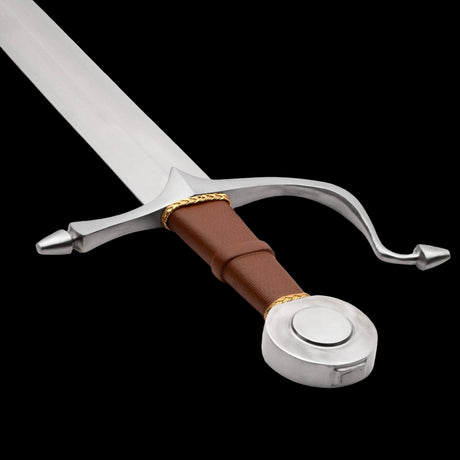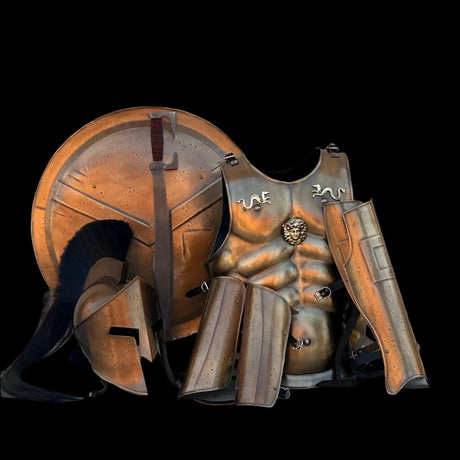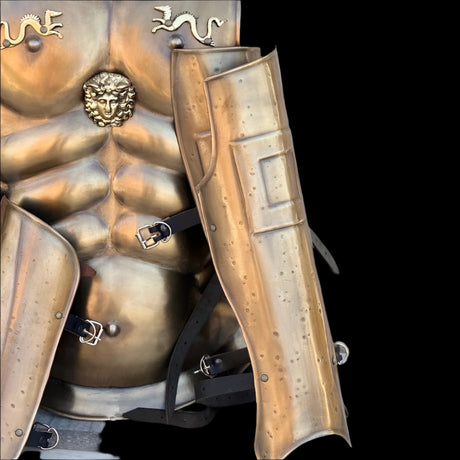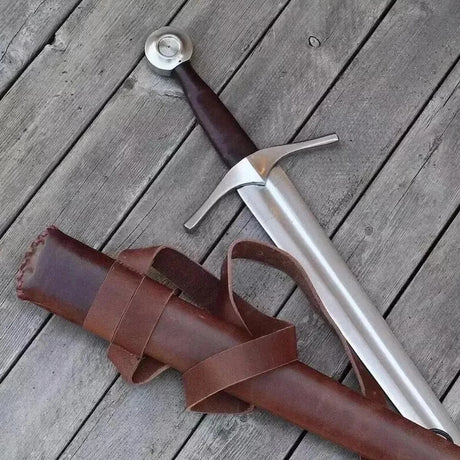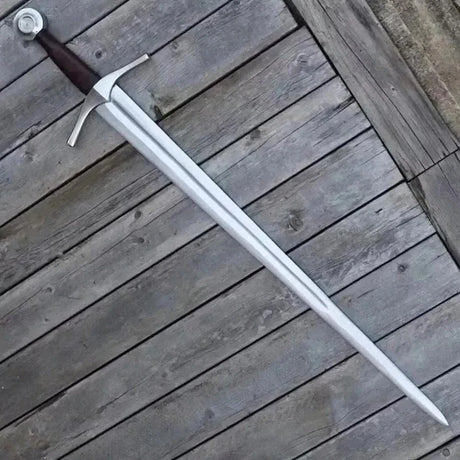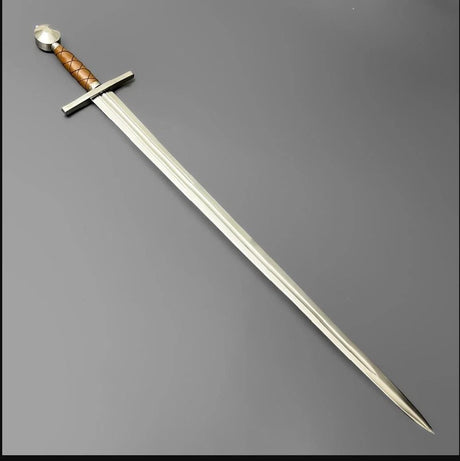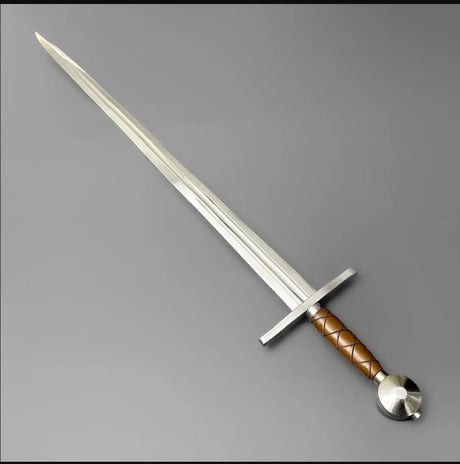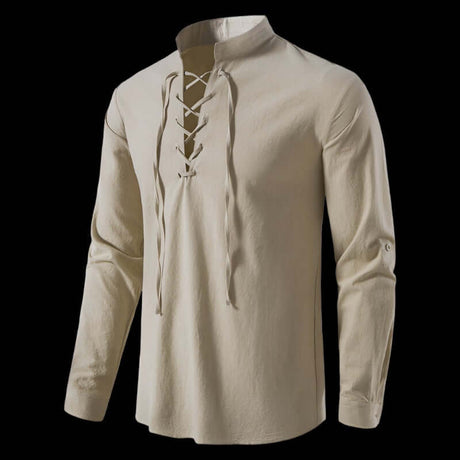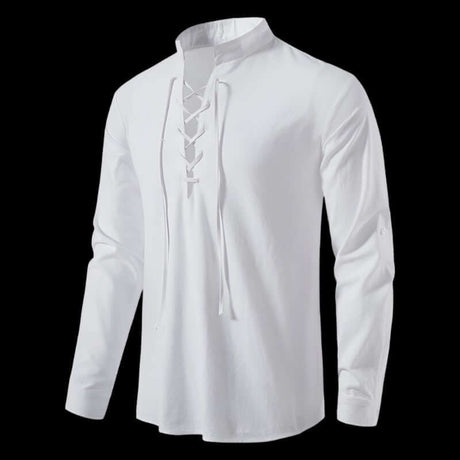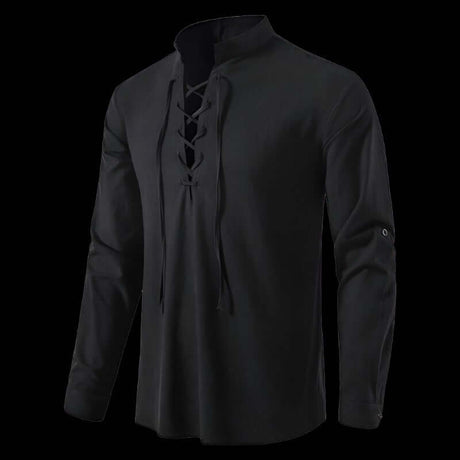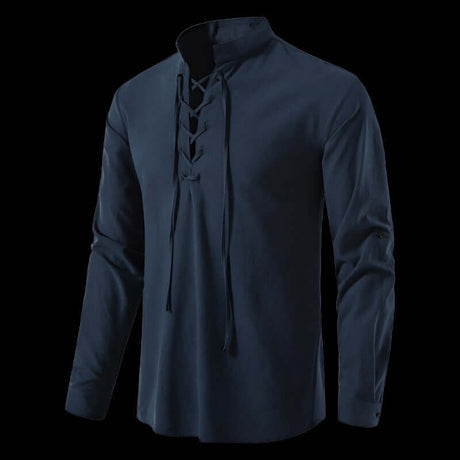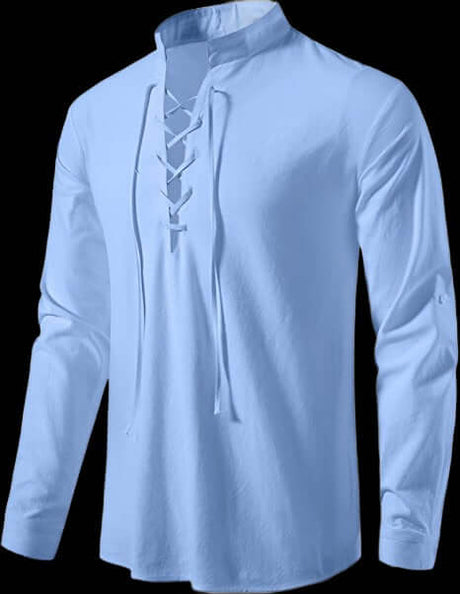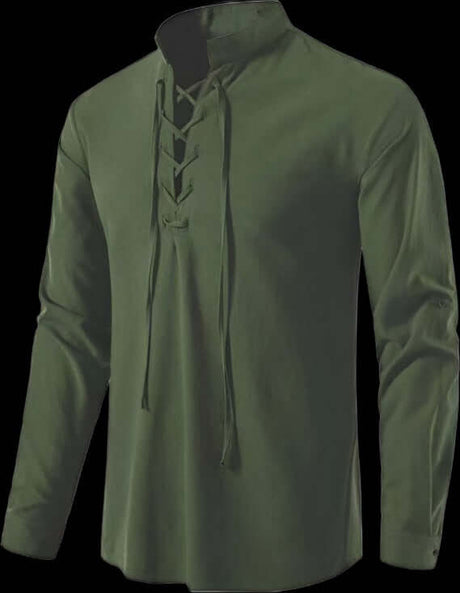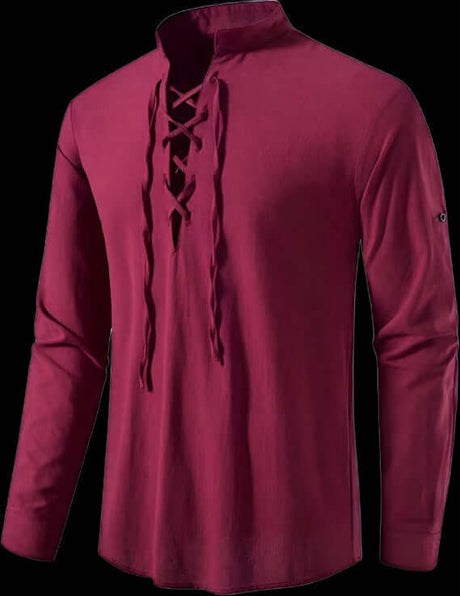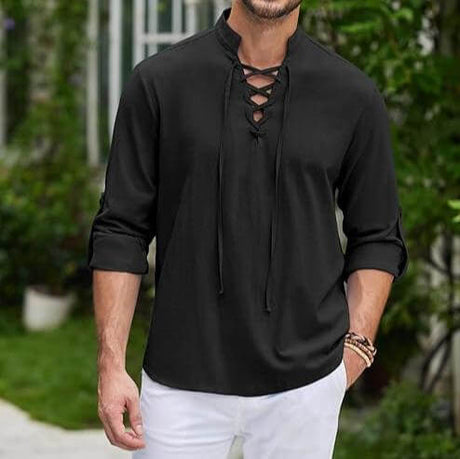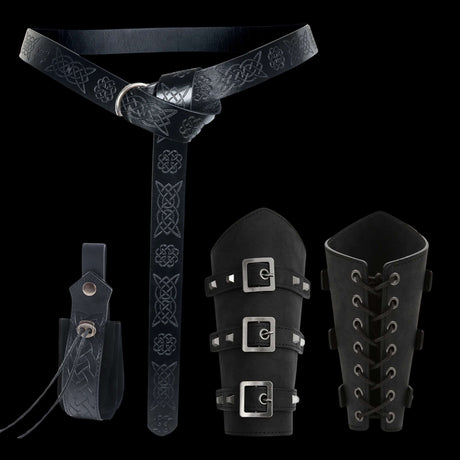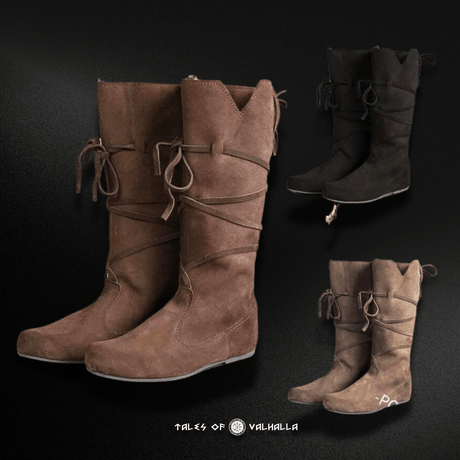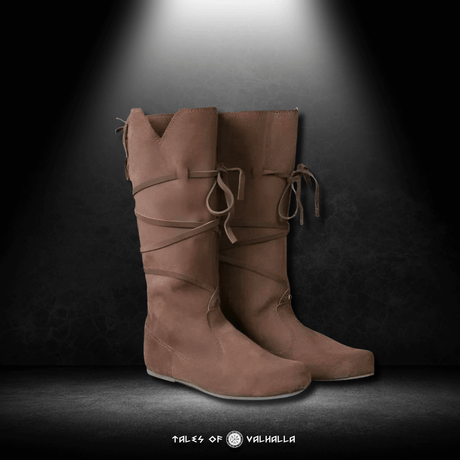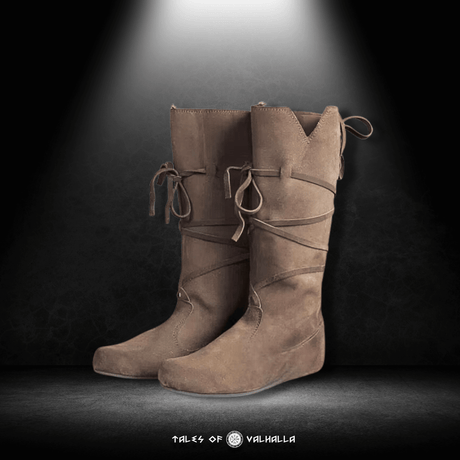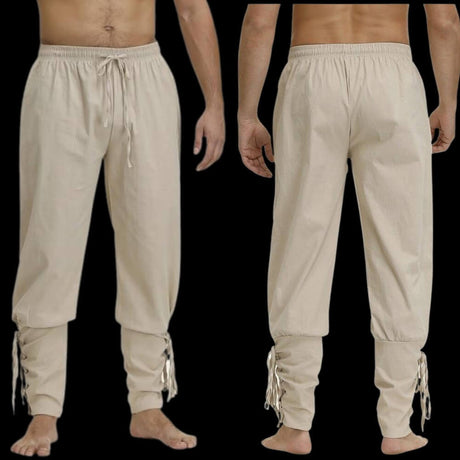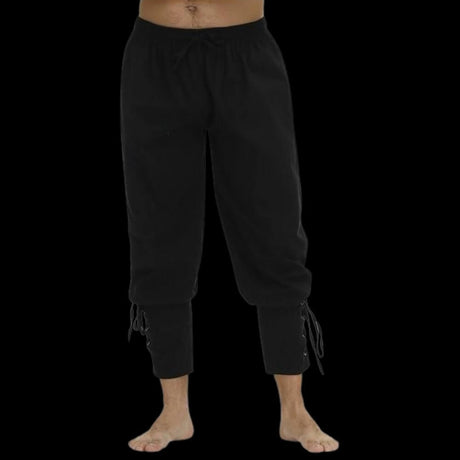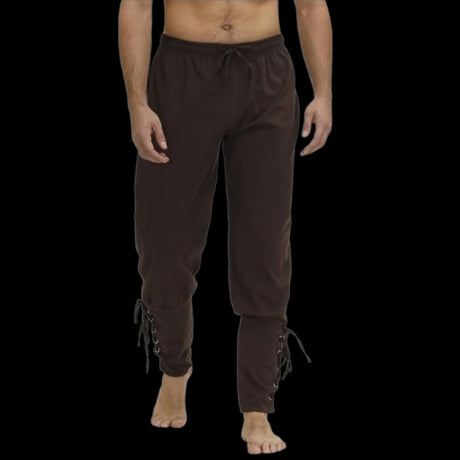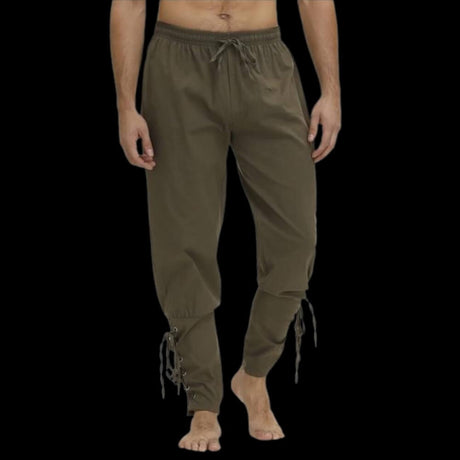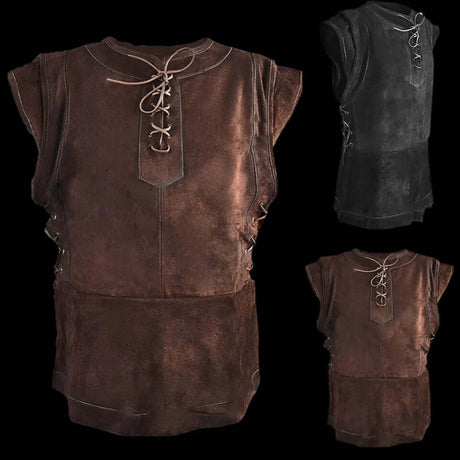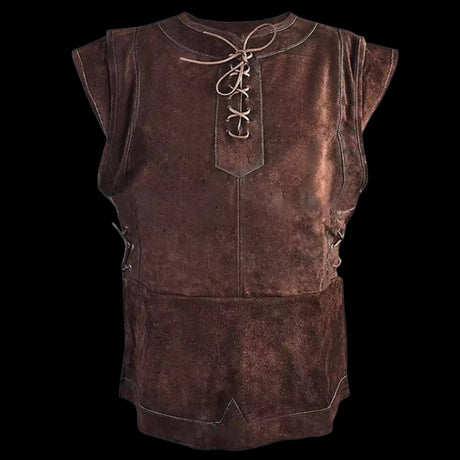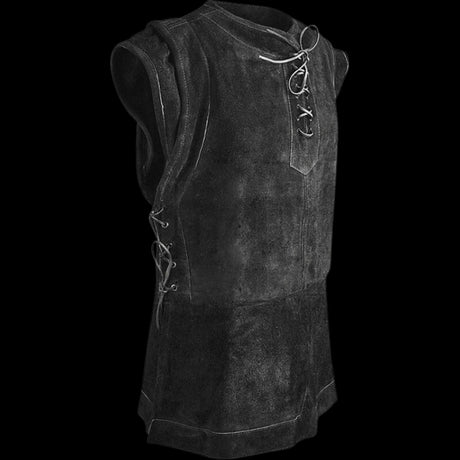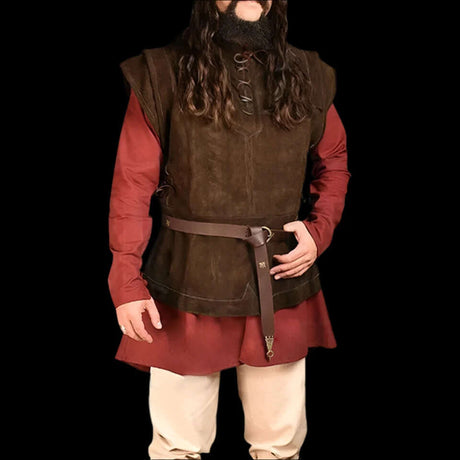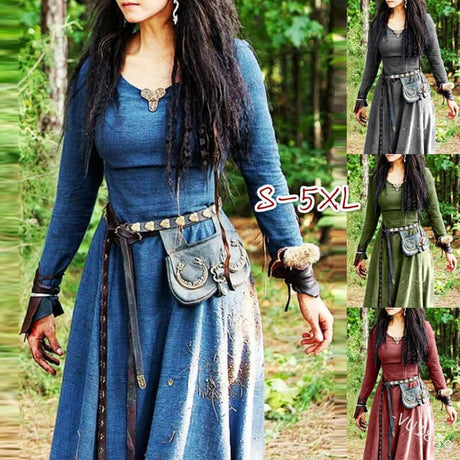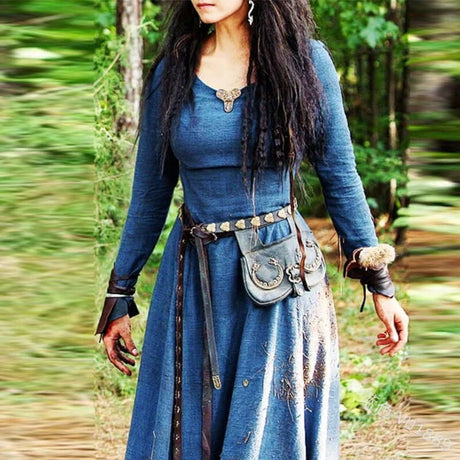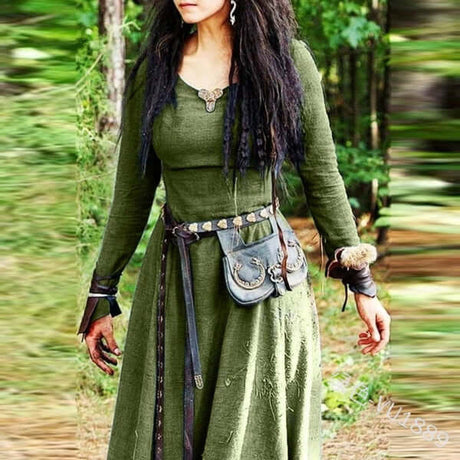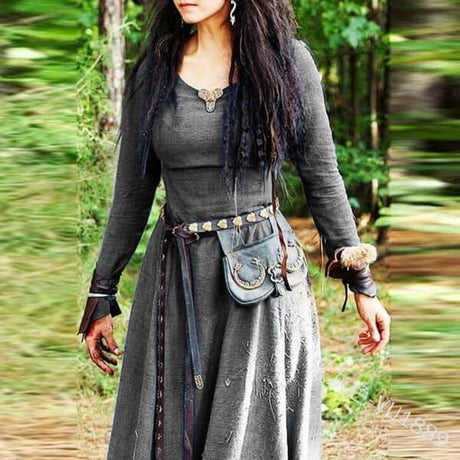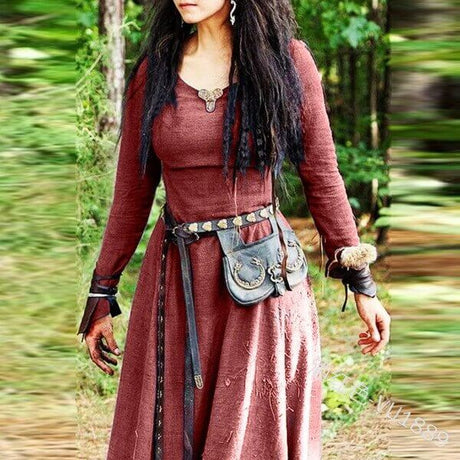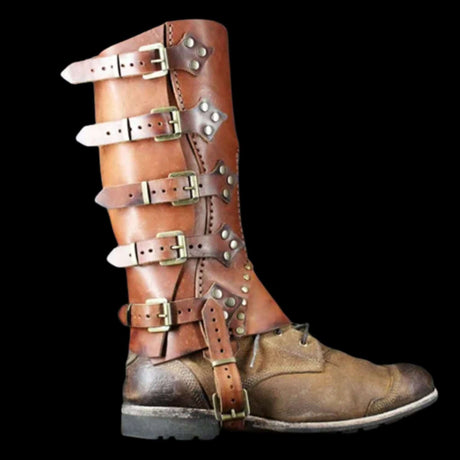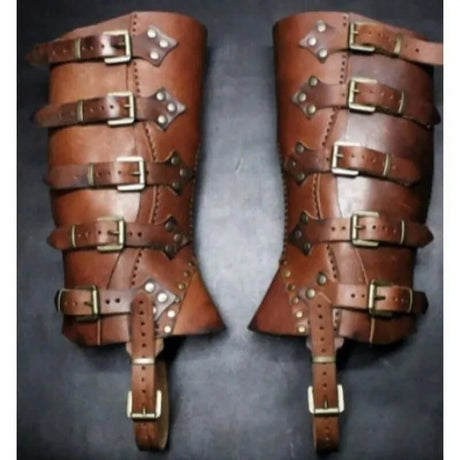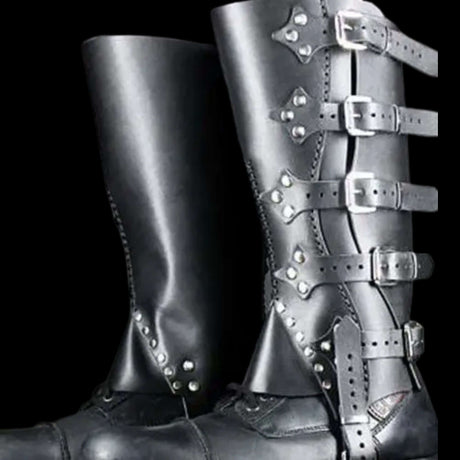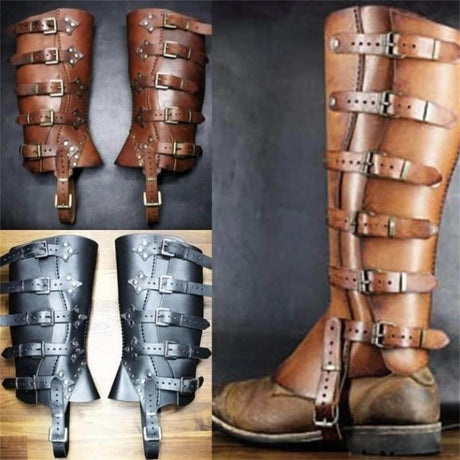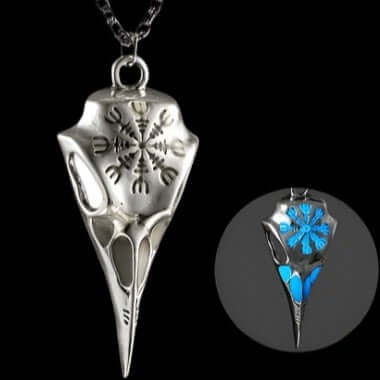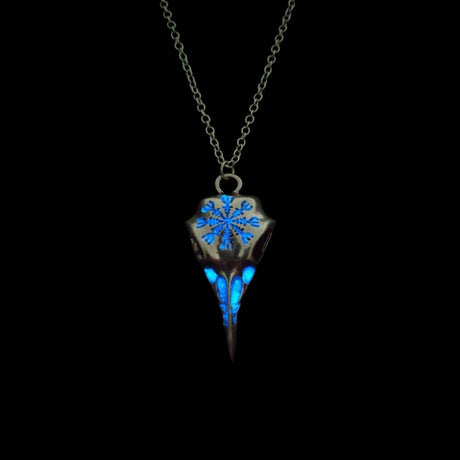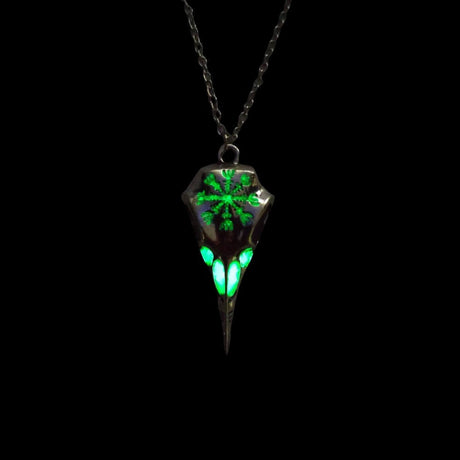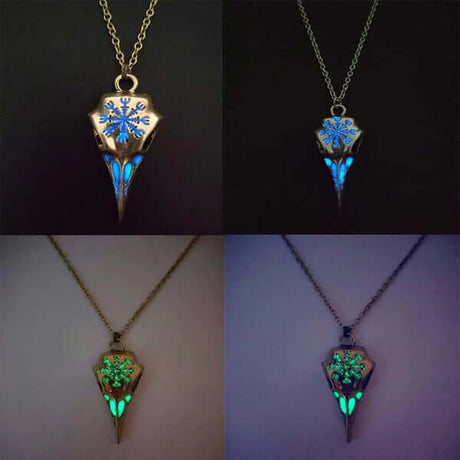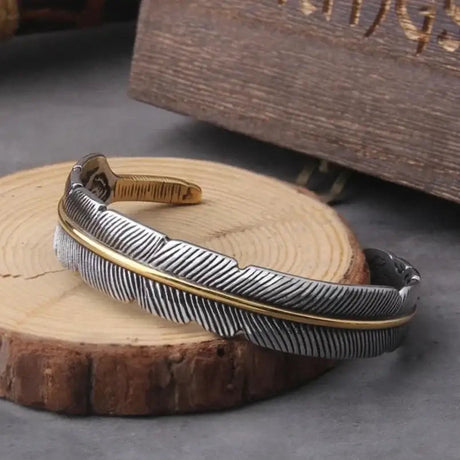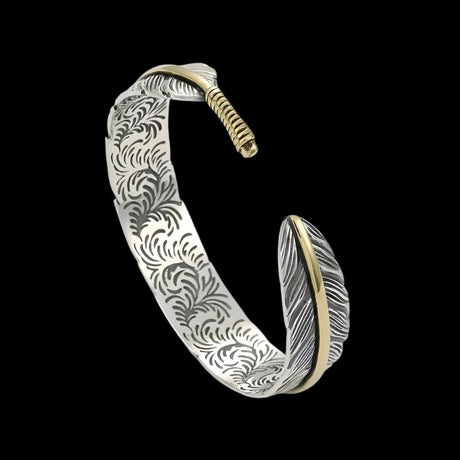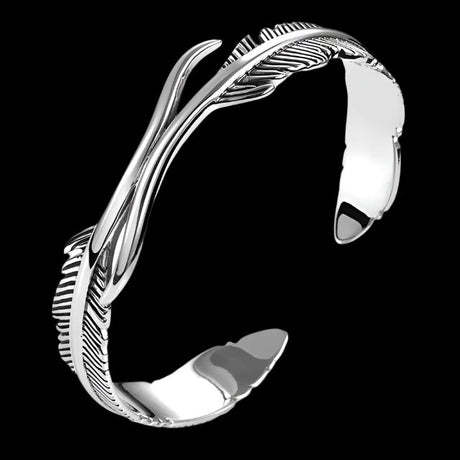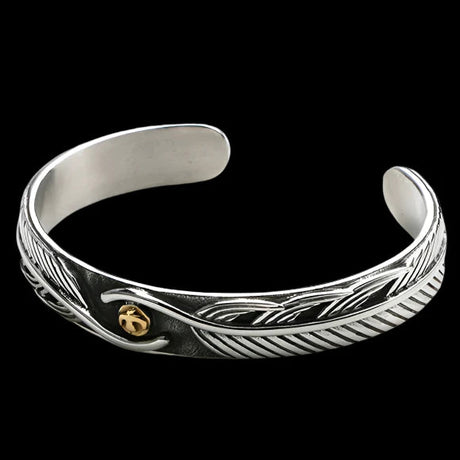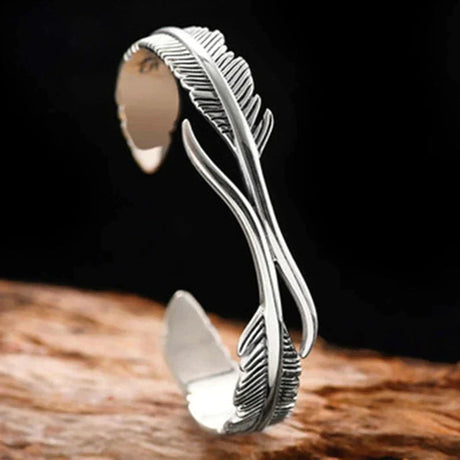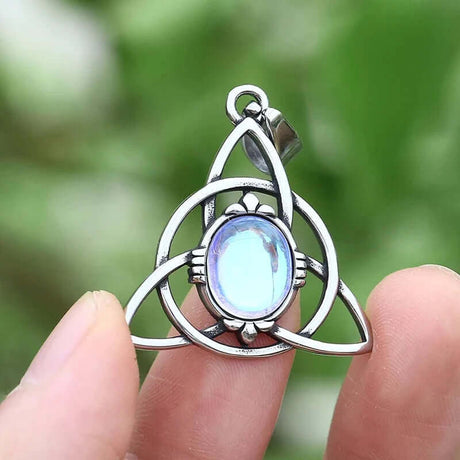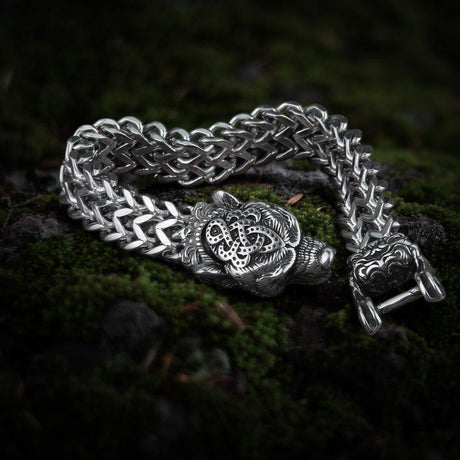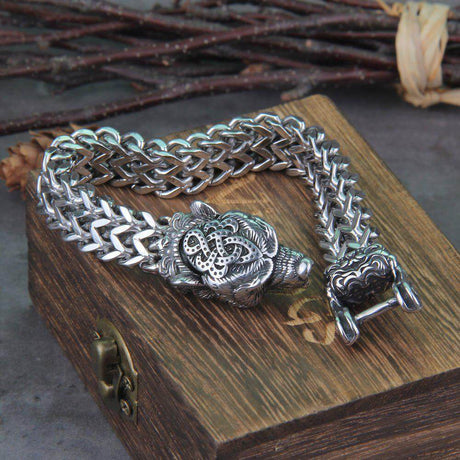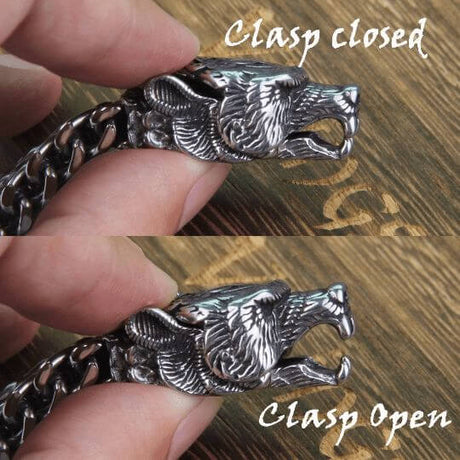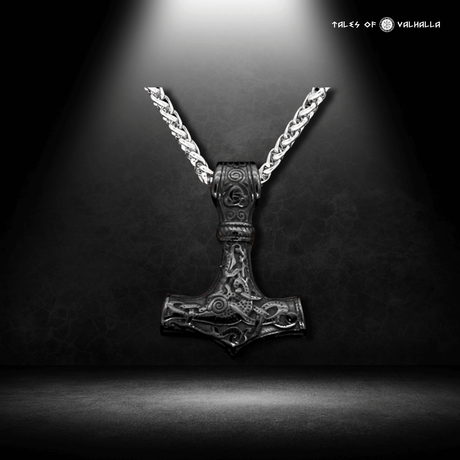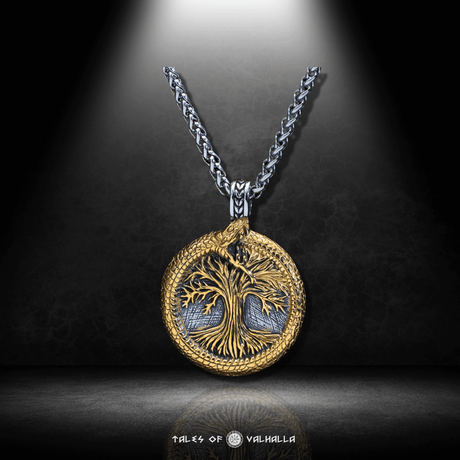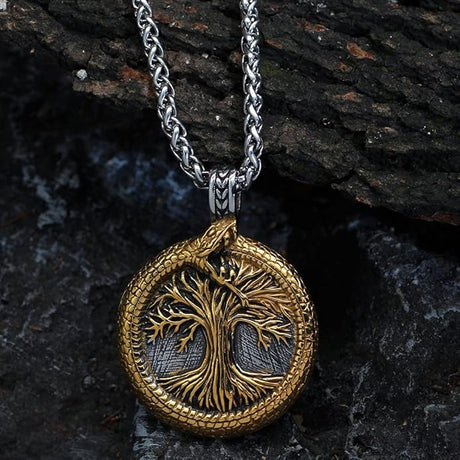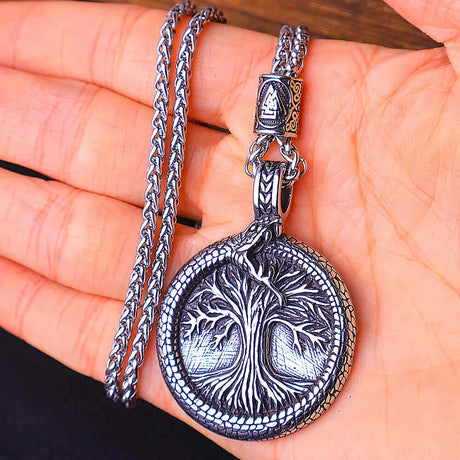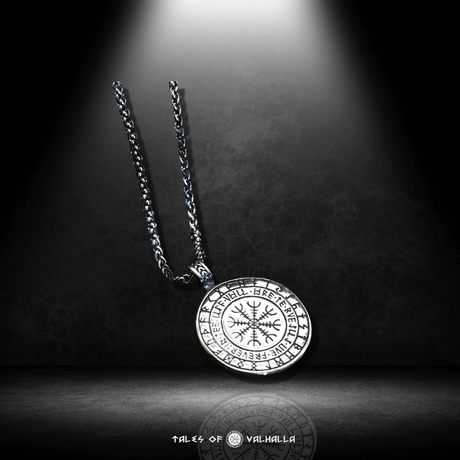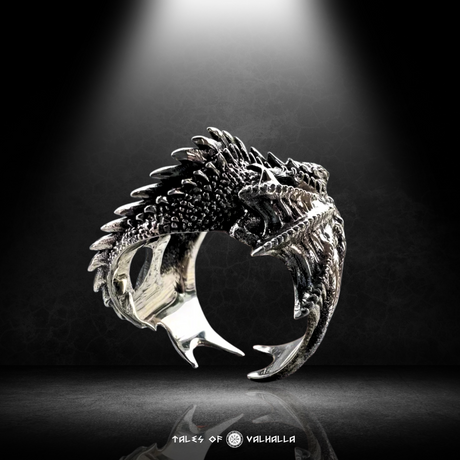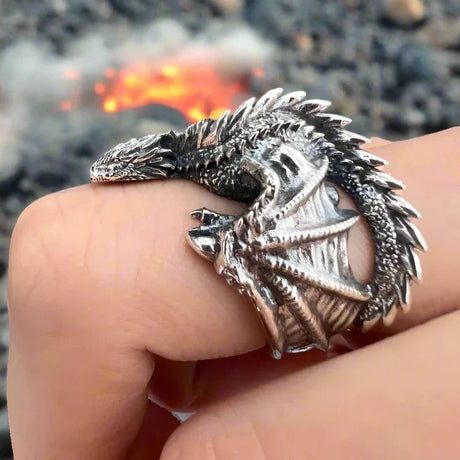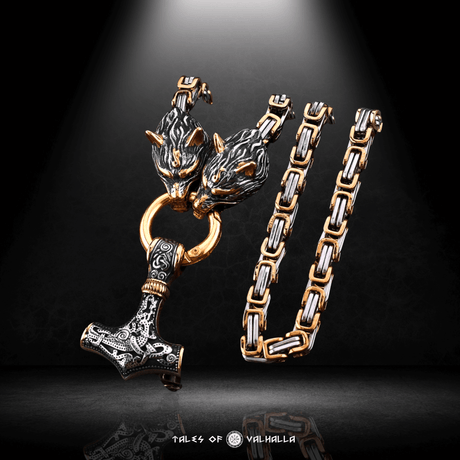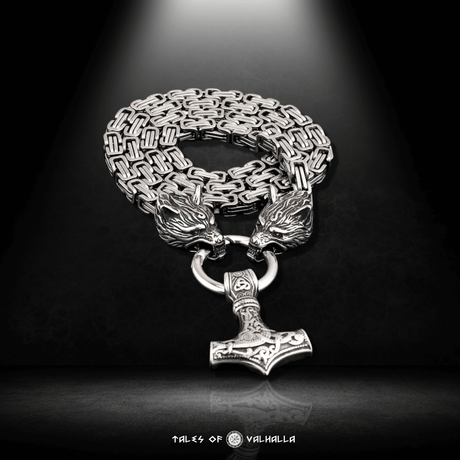When we hear the word "Viking," a specific image often storms into our minds: a bearded, axe-wielding man leaping from a longship. It's a powerful and enduring stereotype, but it's only half of a much more complex and fascinating story. What about the women? Were they merely passive figures waiting by the hearth for their husbands' return? The truth about Viking women is far more compelling and shatters these one-dimensional assumptions. They were not just wives; they were managers, legal entities, explorers, spiritual leaders, and, in some cases, even warriors.
This deep dive will journey into the longhouses, the trading posts, the sacred groves, and even the battlefields of the Viking Age (roughly 793-1066 AD) to uncover the real roles and influence of Viking women. By examining their legal rights, economic power, spiritual authority, and the enduring legend of the shieldmaiden, we can begin to appreciate the true power behind the throne. The story of the Vikings is incomplete without understanding the remarkable agency and resilience of Viking women.
Beyond the Longhouse Door: Legal Rights and Social Standing
One of the most striking aspects of Viking society, particularly when compared to other contemporary European cultures, was the relatively high legal standing afforded to its female population. Viking women were not simply the property of their fathers or husbands; they were individuals with recognized rights.

Beyond the Longhouse Door: Legal Rights and Social Standing
A Woman's Right to Property and Inheritance
Unlike in many other parts of medieval Europe, Viking women had the legal right to inherit property.
- Inheritance Laws: While sons typically inherited the bulk of a family's property, daughters could also inherit, especially if there were no male heirs. A woman could inherit land, farms, livestock, and other valuables.
- Dowry and Personal Property: A woman's dowry, the property she brought into a marriage, remained legally hers. She also had control over her own personal property, which could include jewelry, weaving tools, and items she created or acquired herself. This gave Viking women a degree of economic independence.
The Right to Divorce: A Way Out
Perhaps the most progressive aspect of their legal status was the right to divorce. A woman could initiate a divorce for a number of reasons, including:
- Abuse: If her husband struck her.
- Infidelity: If her husband brought a mistress into the household.
- Failure to Provide: If the husband was unable to support the family.
- Incompatibility: Even for reasons as personal as the husband wearing clothing deemed effeminate.
To enact a divorce, a woman simply had to declare her intention before a group of witnesses. Upon divorce, she was entitled to reclaim her dowry and often a share of the marital property, allowing her to remarry or live independently. This right provided Viking women with a level of personal agency almost unheard of in their time.
The Power of the Keys: Mistress of the Household
The symbol of a married, land-owning woman's authority was the set of keys she wore at her waist.
- The Húsfreyja: As the húsfreyja (mistress of the household), she had complete authority over the indoor world of the longhouse and the farmstead. This was not a minor role; it was a position of significant managerial power.
- Control of Resources: She controlled the family's stores of food, managed the household finances, and directed the work of children, servants, and thralls (slaves). The keys physically represented her control over the family's wealth and sustenance. The power of these Viking women in the domestic sphere was absolute.
Table: Comparing Rights of Viking Women vs. Contemporary European Women (c. 10th Century)
| Right / Social Aspect | Viking Women (Norse Law) | Anglo-Saxon/Frankish Women (Feudal/Canon Law) |
| Property Ownership | Could inherit and own property independently, especially land if no male heirs existed. Maintained control over her dowry. | Generally could not own land independently. Property was controlled by her father, husband, or male guardian. |
| Right to Divorce | Could initiate divorce on several grounds (e.g., abuse, abandonment, impotence) and reclaim her dowry. | Divorce was extremely difficult or impossible, as marriage was a sacrament controlled by the Church. Annulments were rare. |
| Legal Standing | Could act as a legal witness and, in some cases, bring legal action. Her word carried weight in the community. | Had very limited legal standing. Could not typically act as a witness or bring a case to court without a male representative. |
| Role in Household | Held significant authority as the húsfreyja (mistress), managing the farmstead's resources and finances. | Often subordinate to the husband's authority in all household matters. |
| Consent to Marriage | Sagas suggest a woman's consent, while not always the deciding factor, was considered important. | Marriages were primarily arranged contracts between families for political or economic gain, with little regard for the woman's consent. |
This table clearly illustrates the relatively empowered position of Viking women in a legal and social context compared to their contemporaries.
The Húsfreyja: Mistress of the Estate and Economic Powerhouse
The daily life of most Viking women revolved around the farmstead, where they wielded considerable economic power. While the men might be away for months at a time on trading voyages or raids, it was the women who kept the heart of Viking society beating.

The Húsfreyja: Mistress of the Estate and Economic Powerhouse
Managing the Farmstead: The CEO of the Household
The húsfreyja was essentially the chief operating officer of the family estate.
- Financial Control: She managed the budget, oversaw the stores of food for winter, and ensured the household had enough resources to survive.
- Supervising Labor: She directed the work of everyone on the farm, from children to thralls, assigning tasks related to agriculture, animal husbandry, and domestic production.
- Decision-Making: In her husband's absence, she made all the crucial decisions regarding the farm's operation and defense. This was a role of immense responsibility.
Masters of Textile Production: Weaving Wealth
Textile production (vaðmál) was a highly respected and economically vital skill dominated by Viking women.
- From Fleece to Fabric: Women were responsible for the entire process: shearing sheep, carding and spinning wool, dyeing it with natural pigments, and weaving it into cloth on upright, warp-weighted looms.
- An Economic Staple: Woolen cloth was a primary export product for the Vikings, used as a form of currency and traded for silver, spices, and other goods. The economic contribution of Viking women through their textile work was immense.
- A Mark of Skill: The quality of a woman's weaving was a source of great pride and a reflection of her skill and status.
Story Vignette 1: The Mistress of the Fjord
Ingrid stood at the entrance of her longhouse, the keys to the food storehouse clinking at her belt. Her husband, Jarl Bjorn, and his men had been gone for two months, sailing west. The responsibility for their entire settlement rested on her shoulders. In the morning, she had directed the thralls in the fields, inspecting the barley crop. At midday, she had bartered with a passing merchant, trading three bolts of her finest woven wool for much-needed salt and iron. Now, as evening approached, she oversaw the preparation of the meal, her sharp eyes ensuring nothing was wasted. Anxious whispers about a rival chieftain's movements had reached her, and she had already instructed the free men to double the watch. She was not a warrior in the shield wall, but her strategic mind and steady hand were the true defense of their home. The story of these Viking women is one of quiet, essential power.
The Shieldmaiden (Skjaldmær): Warrior Woman of Myth or Reality?
The image of the shieldmaiden—a woman fighting alongside men in battle—is one of the most powerful and debated aspects of Viking women. Is this a historical reality or a romantic legend?
The Evidence from Sagas and Legends
The sagas and other literary sources are filled with tales of fierce warrior women.
- Lagertha: The Gesta Danorum ("Deeds of the Danes"), a 12th-century work by Saxo Grammaticus, tells the story of Lagertha, a skilled shieldmaiden who fought with Ragnar Lothbrok and so impressed him with her courage that he sought her hand in marriage.
- Hervor: In the Saga of Hervor and Heidrek, Hervor is a shieldmaiden who takes up her father's cursed sword, Tyrfing, from his burial mound and leads a life of raiding and adventure.
- The Valkyries: Norse mythology itself is filled with the Valkyries, supernatural female figures who chose who lived and died in battle and escorted the slain to Valhalla. While divine, they provided a powerful mythological archetype for the female warrior.
While these stories are compelling, they are literary works and must be treated with caution as direct historical evidence.
The Archaeological Debate: The Birka Female Warrior
For a long time, the shieldmaiden was thought to be purely a myth. Then, in 2017, a groundbreaking scientific study changed everything.
- The Grave (Bj 581): A high-status 10th-century warrior grave discovered in Birka, Sweden, in the late 1800s had always been assumed to belong to a man. It was a spectacular burial, containing a sword, an axe, a spear, arrows, knives, two shields, and two horses—the complete arsenal of a high-ranking warrior.
- The DNA Analysis: In 2017, a team of researchers conducted a DNA analysis on the skeletal remains. The result was stunning: the individual had two X chromosomes, confirming she was biologically female.
- The Impact: This discovery provided the first direct archaeological evidence for the existence of a high-status female warrior, lending significant credibility to the saga accounts of shieldmaidens. It proved that at least some Viking women held positions of martial authority.
The Verdict: A Rare but Real Possibility
So, were shieldmaidens common? Probably not. The vast majority of Viking women lived lives focused on the farm, family, and craft. However, the combination of saga descriptions and the powerful evidence from the Birka grave suggests that warrior women were not just a fantasy. They were likely rare, exceptional individuals, but they were real. The possibility for Viking women to take up arms existed.
The Völva: Seeress, Sorceress, and Spiritual Authority
One of the most powerful and respected roles a woman could hold in Viking society was that of the Völva, a female seeress or shaman.
- The Power of Prophecy and Seidr: The Völva practiced a form of Norse magic known as seidr, which involved divination, communicating with spirits, and influencing fate. Their powers were considered immense.
- Respected and Feared: A Völva held a unique position, often outside the normal social structure. Chieftains and kings would seek her counsel and offer rich gifts in exchange for her prophecies. Her power made her both respected and feared.
- Evidence in Graves: Archaeology has unearthed graves believed to belong to Völur. These graves often contain unique items, such as an iron staff (seiðstafr), pouches filled with symbolic items like henbane seeds (which can have hallucinogenic properties), and distinctive jewelry. These finds give us a glimpse into the ritual world of these powerful Viking women.
Story Vignette 2: The Seeress's Counsel
Jarl Olaf, troubled by dreams of famine and war, journeyed for three days to the isolated hut of a Völva named Runa. He did not command her; he approached with respect, offering a silver arm ring and a fine cloak as a gift. Runa, ancient and her eyes holding an unnerving depth, accepted. That night, she performed her ritual, chanting in a low voice, her staff tapping the earthen floor. She entered a trance, her body shaking, and spoke of a coming blight and a betrayal from a trusted ally. Her prophecy was grim, but it gave the Jarl what he needed: foresight. The spiritual authority of these Viking women was a power that even the mightiest Jarls had to acknowledge and respect.
Colonizers and Explorers: Women on the Edge of the World
The story of Viking expansion is not just a story of men. Viking women were essential participants in the dangerous voyages of colonization that pushed the boundaries of the known world.
The Settlement of Iceland and Greenland
Women were not passive passengers on these journeys; they were active colonizers. They brought their livestock, their tools, their cultural knowledge, and the skills necessary to build new societies from scratch in harsh, unforgiving landscapes. Their resilience was key to the success of these new settlements.
Evidence from L'Anse aux Meadows, North America
The most stunning evidence of the presence of Viking women at the furthest reaches of their exploration comes from the Norse settlement at L'Anse aux Meadows in Newfoundland, Canada, dated to 1021 AD. Among the Norse artifacts unearthed there was a soapstone spindle whorl—a small, flywheel-like tool used for spinning wool into thread. Spinning was exclusively women's work in Viking society. The presence of this humble object is definitive proof that Viking women were part of the group that reached the shores of North America nearly 500 years before Columbus.
What Norse Mythology Tells Us About Viking Women
The Norse pantheon and sagas are filled with powerful female figures who reflect the complex and often empowered roles of women in Viking society.
- Powerful Goddesses: Figures like Freyja (goddess of love, fertility, war, and magic), Frigg (the wise queen of Asgard with knowledge of fate), and Skadi (the fiercely independent giantess-goddess of the hunt and winter) are not subservient deities. They are powerful, independent beings with their own agendas and spheres of influence. These goddesses provided strong mythological role models for Viking women.
- Agency in the Sagas: While sagas are filled with heroic men, they also feature incredibly strong and influential female characters. Women like Gudrun Osvifsdottir in the Laxdæla saga or Hallgerd in Njáls saga are complex, intelligent, and often drive the plot through their own decisions and actions. They are not passive pawns but active players in their own destinies.
Conclusion: A Legacy of Strength and Resilience
The true story of Viking women is far more compelling than simple stereotypes. They were a diverse group with significant legal rights, economic control as the húsfreyja (mistress of the estate), and unique spiritual authority. They were integral to every aspect of their society, from colonization to managing the home front.
While the men's world was often defined by the clash of axes and tales of Valhalla, the power of women was just as fundamental in forging the world they inhabited. Their legacy is one of strength, resilience, and agency, proving the story of the Vikings is not just his-story; it is also hers.
4 FAQs About Viking Women
-
Q: Were shieldmaidens (female Viking warriors) real?
A: The evidence suggests that warrior Viking women, while likely rare, were a real possibility. While many stories come from sagas and legends like the tale of Lagertha, the most compelling proof is archaeological. A famous 10th-century warrior grave in Birka, Sweden, once assumed to be male due to its full set of weapons, was confirmed through a 2017 DNA study to belong to a biological female.
-
Q: Did Viking women have more rights than other women in their time?
A: Yes, in many respects. Compared to women in other parts of medieval Europe, free Viking women enjoyed significant legal rights. They could inherit and own property, and most notably, they had the right to initiate a divorce from their husbands for reasons such as abuse or failure to provide, and could reclaim their dowry upon separation.
-
Q: What was the typical role of a Viking woman in society?
A: The most common and powerful role for a free Viking woman was that of the húsfreyja, or mistress of the household. This was a position of great authority. She managed the farmstead, controlled the family's finances and food stores, and directed all domestic production, especially when the men were away on voyages. The keys she wore at her belt were a symbol of this domestic power.
-
Q: Did Viking women participate in the voyages of exploration and settlement?
A: Absolutely. Viking women were not left behind; they were essential colonizers who traveled to and helped build new communities in Iceland, Greenland, and even North America. The definitive proof of their presence at the furthest edge of Viking exploration is the discovery of a Norse spindle whorl (a woman's weaving tool) at the L'Anse aux Meadows settlement in Newfoundland, Canada.

